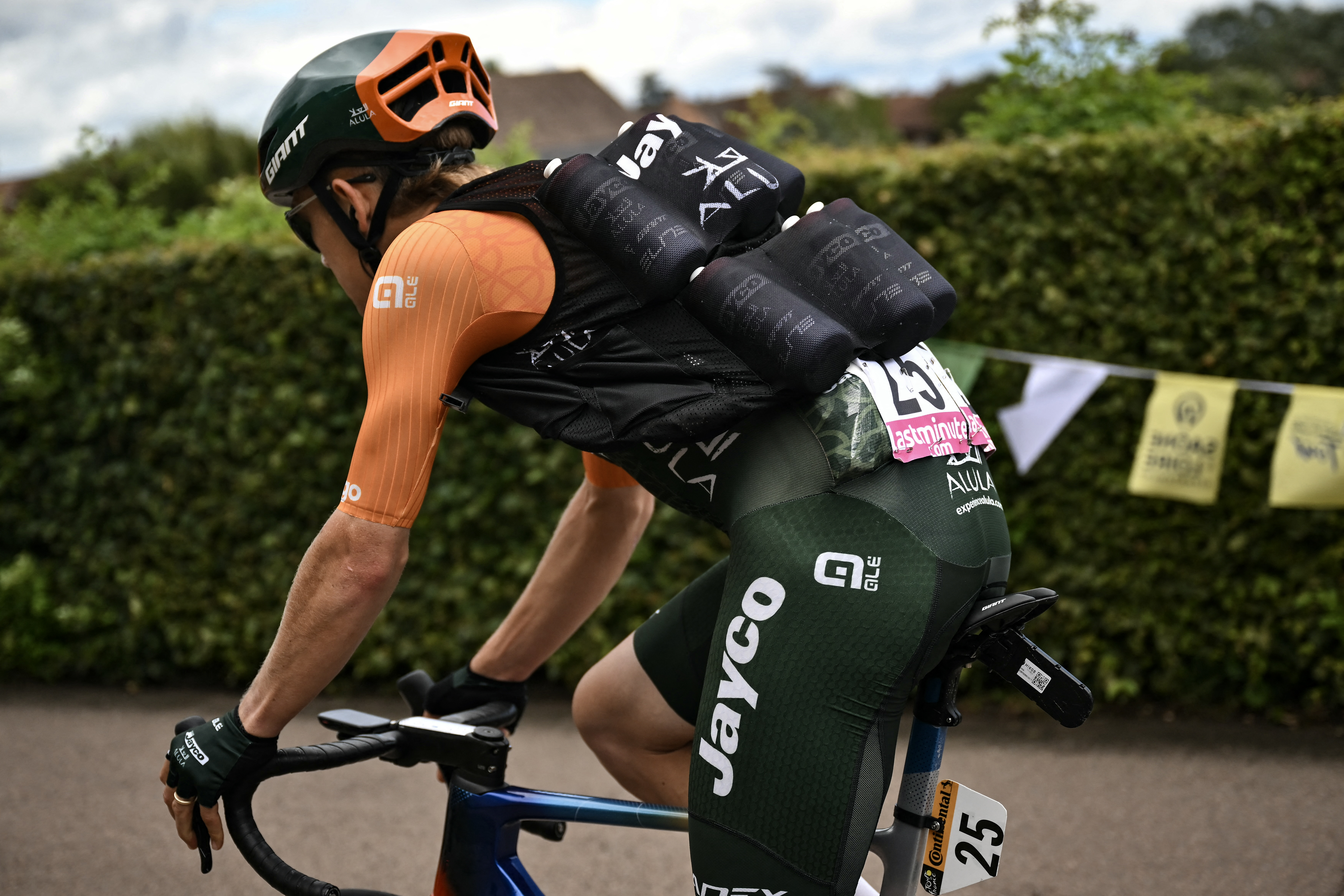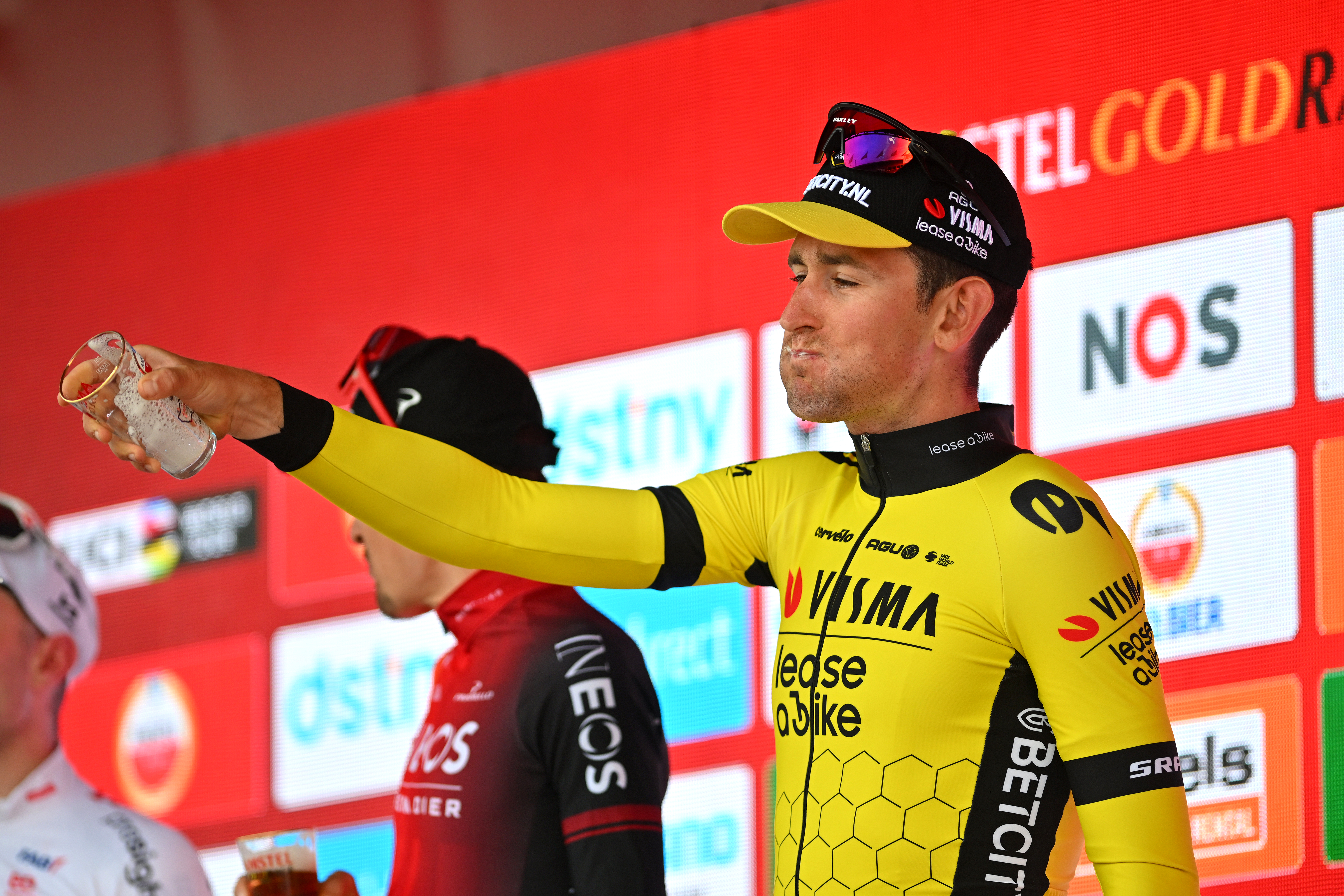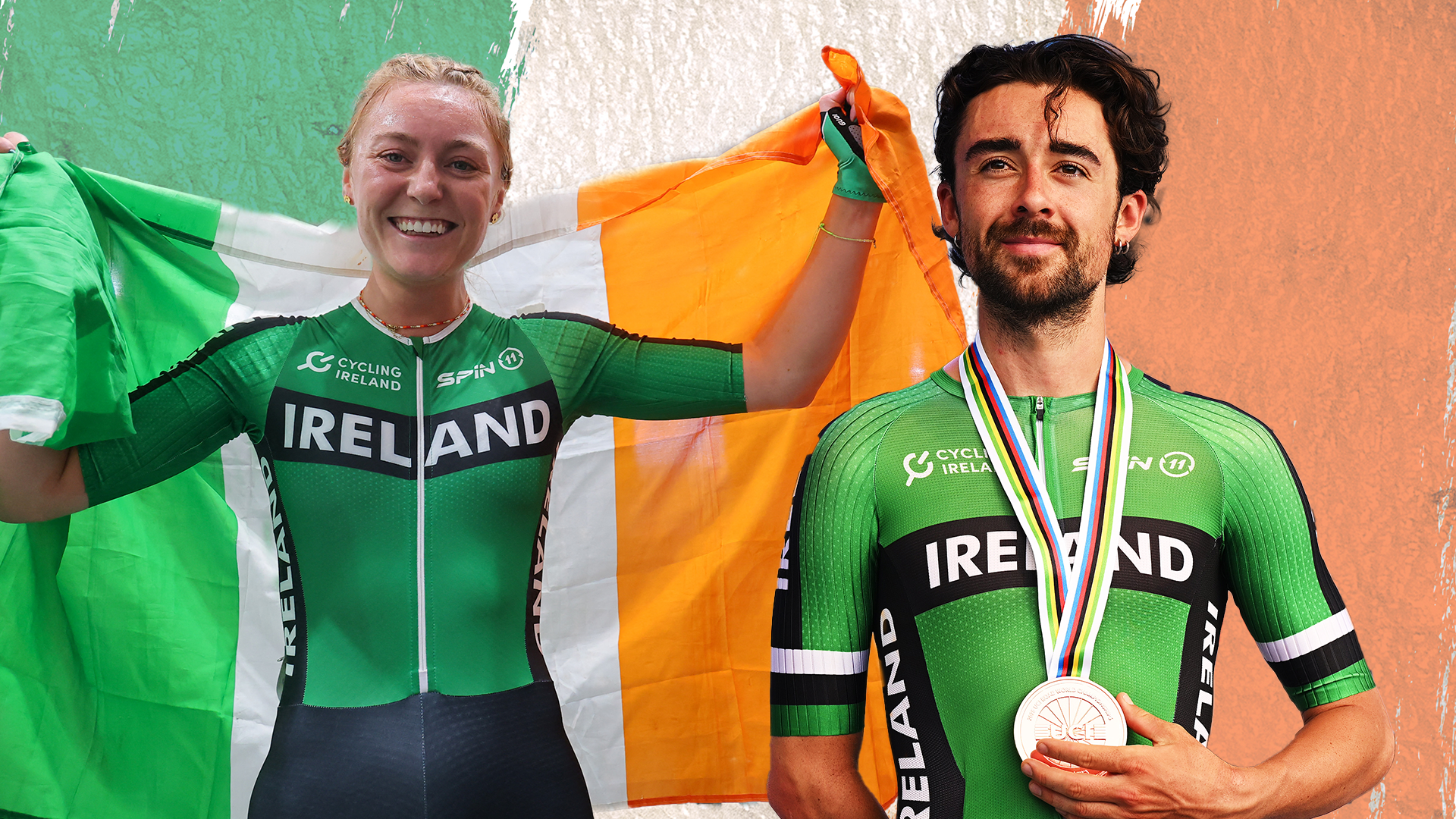How to make your own energy drink and save £100s in the process
With pro cyclists consuming as much as 200g of sugar per hour and amateurs trying to replicate it, the cost of fuelling your rides is skyrocketing. This supermarket hack will let you do it for a tenth of the price.

According to experts, the international supplements market is a 485 billion dollar industry. It spans a wide spectrum from certified snake oil to genuinely health- or performance-enhancing products that can literally save lives.
Products like iron supplements for anaemics live at one end of the spectrum, and until I see evidence on the contrary, I'm putting these 'salt water sachets' and these placebo pills, the latter of which literally promises 'no active ingredients', at the other.
And while there's a lot of good stuff going on in the performance nutrition space, as I'll explain below, there's no denying that premium brands demand high prices for their products.
This is where I come in with a solution that will set you back a fraction of the cost.
"I don't use supplements..."
As a cyclist, you might think that supplements don't really apply to you. You're not trying to get swole in the gym with your preworkout pump or your creatine monohydrate, and you're too scared of gaining weight to take a protein shake (which is wrong, but I'll save that lecture for another piece).
You may have heard that the pros are experimenting with bicarb and beta alanine, but you're quite happy to avoid unscheduled toilet stops and pins and needles on your face.
But I'd argue you're wrong. I'd argue that energy drinks, gels, and bars all fall into the category of supplementation. And I'm willing to bet that the majority of people reading this have, at some time through their life on a bike, trialled all three.
The latest race content, interviews, features, reviews and expert buying guides, direct to your inbox!
Energy spenergy
The problem with any of these products is that they're rarely cheap.
And although it was once palatable (metaphorically), given most recommended drinking around 45 to 60 grams of carbohydrate per hour, nowadays brands are suggesting 90 grams for optimum performance, the literature is suggesting as much as 120g per hour, and pro athletes are going as high as 200g per hour.
Not only has inflation bumped prices up, but you now need to get through twice as much of it as before, maybe even more.

Carbs = fuel
The literature I mentioned above is led by knowledgeable performance nutritionists such as Asker Jeukendrup, Tim Podlogar, Sam Impey and James Morton, who have all worked (or still work) with WorldTour pro teams.
Their findings have helped transform cycling away from its traditional views that feared the soft bit in the middle of a loaf of bread, toward a more modern approach that provides your body with the fuel it needs.
They've also found that the once-accepted limit of 60g per hour could be bumped up to 90g, 108g, and now higher again, using different ratios of different types of sugar, and a period of 'gut training'.
The glucose:fructose ratio
Almost all energy drinks are made using glucose, usually in the form of fast-burning dextrose or the slightly-slower-but-still-fast-burning maltodextrin.
The problem is that, according to the literature, your body's ability to transport that sugar to the muscles is capped at around 60g per hour, because there's only so much glucose the 'Glut1' transporter can move.
However, a different transporter called glut5 works independently to transport fructose, so by adding this different sugar into the mix, you could process more per hour, and thus burn more energy without blowing up (hitting the wall, bonking, etc).
The original understanding was that this allows you to add a further 30g to the mix, creating a 2:1 ratio (60g glucose, 30g fructose). Later tests revealed the ratio might actually be closer to 1:0.8 (60g glucose, 48g of fructose).
The latest theory is that this is highly individual, and a new company called ExoAnalytics has developed a test that shows how many grams you are able to oxidise (and therefore use) yourself.
That aside, though, riders are continually experimenting with more, pushing both glucose and fructose higher and higher, with 2025 Unbound Gravel winner Cameron Jones reportedly eating 190g per hour (for 9 hours), and former Ineos Grenadiers man and Ironman superstar Cameron Wurf knocking back 200g per hour, or 28 gels across a four-hour ride.
I can't afford this
If you were to fuel a nine-hour ride at 190g per hour, using this SIS Beta Fuel (which has 80g carbs per sachet in that 1:0.8 ratio), you'd need 22 sachets.
At its recommended retail price of £39.99 / $45.00 for 15 packs, that works out at £2.66 / $3.00 per pack, and a total of £58.65 / $66.00. For one ride.
Admittedly, that's a very extreme case, but even if you rode for four hours at 100g per hour, something a lot of amateurs will be doing most weekends, that's £13.33 / $15.00 per ride, or £3.33 / $3.75 per hour.
This isn't to say brands are ripping you off. Brands like SIS and Maurten invest in research that furthers the science of fuelling athletic performance, and although you mightn't like that you're indirectly paying for research that has no bearing on your four-hour Sunday club ride, it's an expense that at least furthers the sport we all love.
Secondly, these brands also have laws to abide by and FDA rules to adhere to. Even outside of legislative overheads, they'll have business ones too. All of that comes at a cost, and sadly, that cost must be passed on to you.
The solution
Table sugar, also known as sucrose, is a 1:1 ratio of glucose and fructose.
That aforementioned pack of SIS Beta Fuel works out at £33.32 / $37.50 per kilo. Meanwhile a 1kg bag of table sugar from the supermarket is around £1.00 / $2.00.
A 500g bag (or similar 16oz for USA readers) of dextrose or maltodextrin (glucose to you and me) is around £4.00 / $5.00 on Amazon.
With that, you've got 1.5kg of 2:1 energy drink for around £5.00 / $7.00. That's £3.33 / $4.66 per kilogram, or 33 pence or 46 cents per hour, fuelling at 100g per hour.
And if you adjust the ratio to 1:0.8, you end up even better off, although when doing this myself, I often don't even bother adding the extra dextrose and enjoy a 100g-per-hour ride using pure table sugar at just 10 pence / 20 cents per hour.
I'll occasionally throw in some electrolyte tabs from Precision Hydration on longer or hotter days, and I'll flavour it with some lime juice, but all in, you're looking at an energy drink that costs you around a 10th of the overall price, with flavours you can mix and match as you wish.


Josh is Associate Editor of Cyclingnews – leading our content on the best bikes, kit and the latest breaking tech stories from the pro peloton. He has been with us since the summer of 2019 and throughout that time he's covered everything from buyer's guides and deals to the latest tech news and reviews.
On the bike, Josh has been riding and racing for over 15 years. He started out racing cross country in his teens back when 26-inch wheels and triple chainsets were still mainstream, but he found favour in road racing in his early 20s, racing at a local and national level for Somerset-based Team Tor 2000. These days he rides indoors for convenience and fitness, and outdoors for fun on road, gravel, 'cross and cross-country bikes, the latter usually with his two dogs in tow.
You must confirm your public display name before commenting
Please logout and then login again, you will then be prompted to enter your display name.
